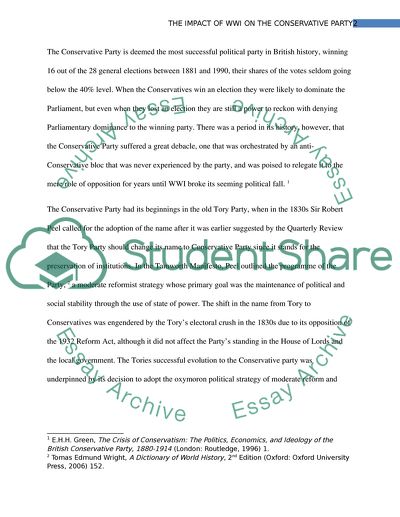Cite this document
(The Impact of WWI on the Conservative Party Research Paper, n.d.)
The Impact of WWI on the Conservative Party Research Paper. Retrieved from https://studentshare.org/history/1746329-assess-the-impact-of-the-outbreak-of-the-first-world-war-on-the-conservative-party
The Impact of WWI on the Conservative Party Research Paper. Retrieved from https://studentshare.org/history/1746329-assess-the-impact-of-the-outbreak-of-the-first-world-war-on-the-conservative-party
(The Impact of WWI on the Conservative Party Research Paper)
The Impact of WWI on the Conservative Party Research Paper. https://studentshare.org/history/1746329-assess-the-impact-of-the-outbreak-of-the-first-world-war-on-the-conservative-party.
The Impact of WWI on the Conservative Party Research Paper. https://studentshare.org/history/1746329-assess-the-impact-of-the-outbreak-of-the-first-world-war-on-the-conservative-party.
“The Impact of WWI on the Conservative Party Research Paper”, n.d. https://studentshare.org/history/1746329-assess-the-impact-of-the-outbreak-of-the-first-world-war-on-the-conservative-party.


